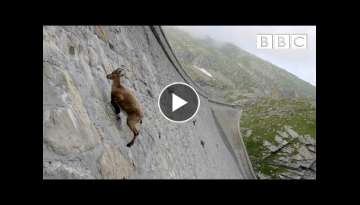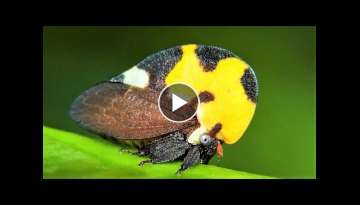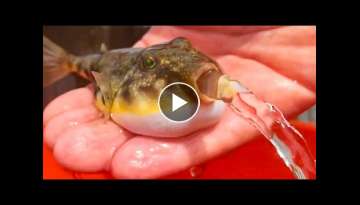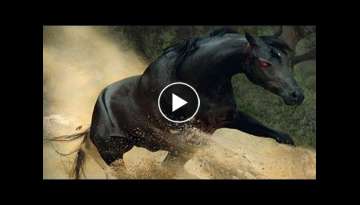Top 10 Preys Who Can Defend Themselves From Predators - When Prey Fights Back - Prey VS Predator
Top 10 Preys Who Can Defend Themselves From Predators
When Prey Fights Back - Prey VS Predator It is normal for us humans, or even to animals to run or fight whenever we face something wrong or danger coming to us. And that is what they called adrenaline rush where there’s only two options that you can do its either fight or flight. Adrenaline rush gives you an extra ordinary capability to fight stronger or to run faster. And in this video we give you the Top 10 Preys Who Can Defend Themselves From Predators.
1. WARTHOG
2. ZEBRA
3. GIRAFFE
4. BUFFALO
5. GAZELLE
6. ELEPHANT
7. PORCUPINE
8. WILDEBEEST
9. RHINOCEROS
10. HIPPOPOTAMUS
PREY
The term prey refers to an animal that is sought, captured, and eaten by a predator. A predator is an animal that hunts and kills other animals for food in an act called predation. Smaller predators, such as mice and lizards can be, and often are, prey for larger predators. The young of larger predators will also become prey. Herbivores, such as rabbits and mule deer, have only defensive adaptations and do not hunt other animals for food or to eliminate them as competition. Prey animals need to be eaten to maintain a balanced and healthy ecosystem. Without these animals being consumed, predators would starve or have to compete for plant food. Without being preyed upon, overpopulation would occur, and prey would most likely eat all available food, ultimately starving themselves to death.
PREDATOR
Predators are wild animals that hunt, or prey on, other animals. All animals need food to live. Predator animals need the flesh of the animals that they kill to survive. Weasels, hawks, wolves, mountain lions, and grizzly bears are all predators. Predators are carnivores, which means their diet consists of meat. Some predators, such as coyotes and bears, are also scavengers, meaning they will eat the carcasses of animals that they didn't hunt themselves.
PREDATION
Predation is a biological interaction where one organism, the predator, kills and eats another organism, its prey. It is one of a family of common feeding behaviours that includes parasitism and micropredation (which usually do not kill the host) and parasitoidism (which always does, eventually). It is distinct from scavenging on dead prey, though many predators also scavenge; it overlaps with herbivory, as a seed predator is both a predator and a herbivore. Predators may actively search for prey or sit and wait for it. When prey is detected, the predator assesses whether to attack it. This may involve ambush or pursuit predation, sometimes after stalking the prey. If the attack is successful, the predator kills the prey, removes any inedible parts like the shell or spines, and eats it.
























